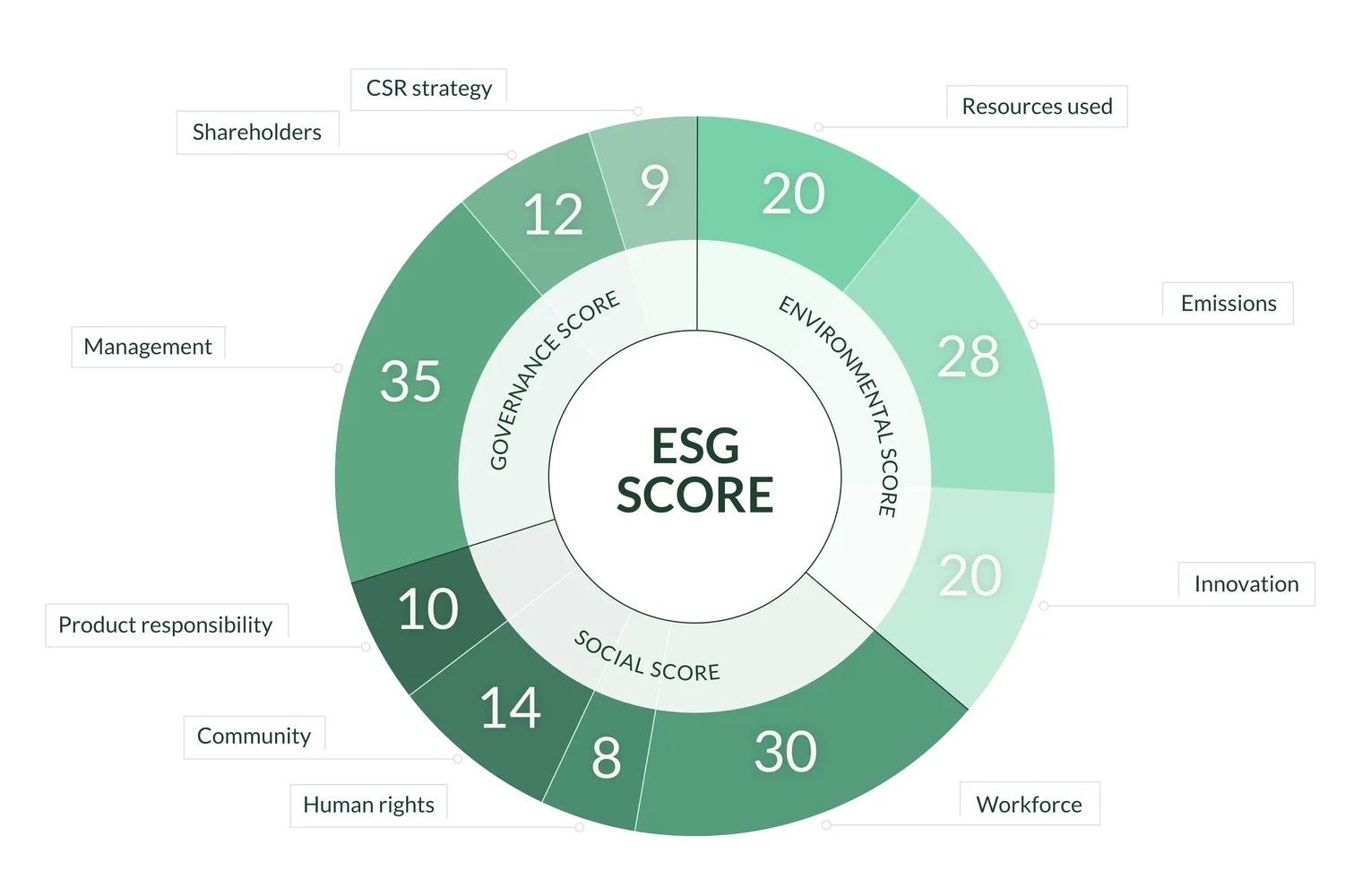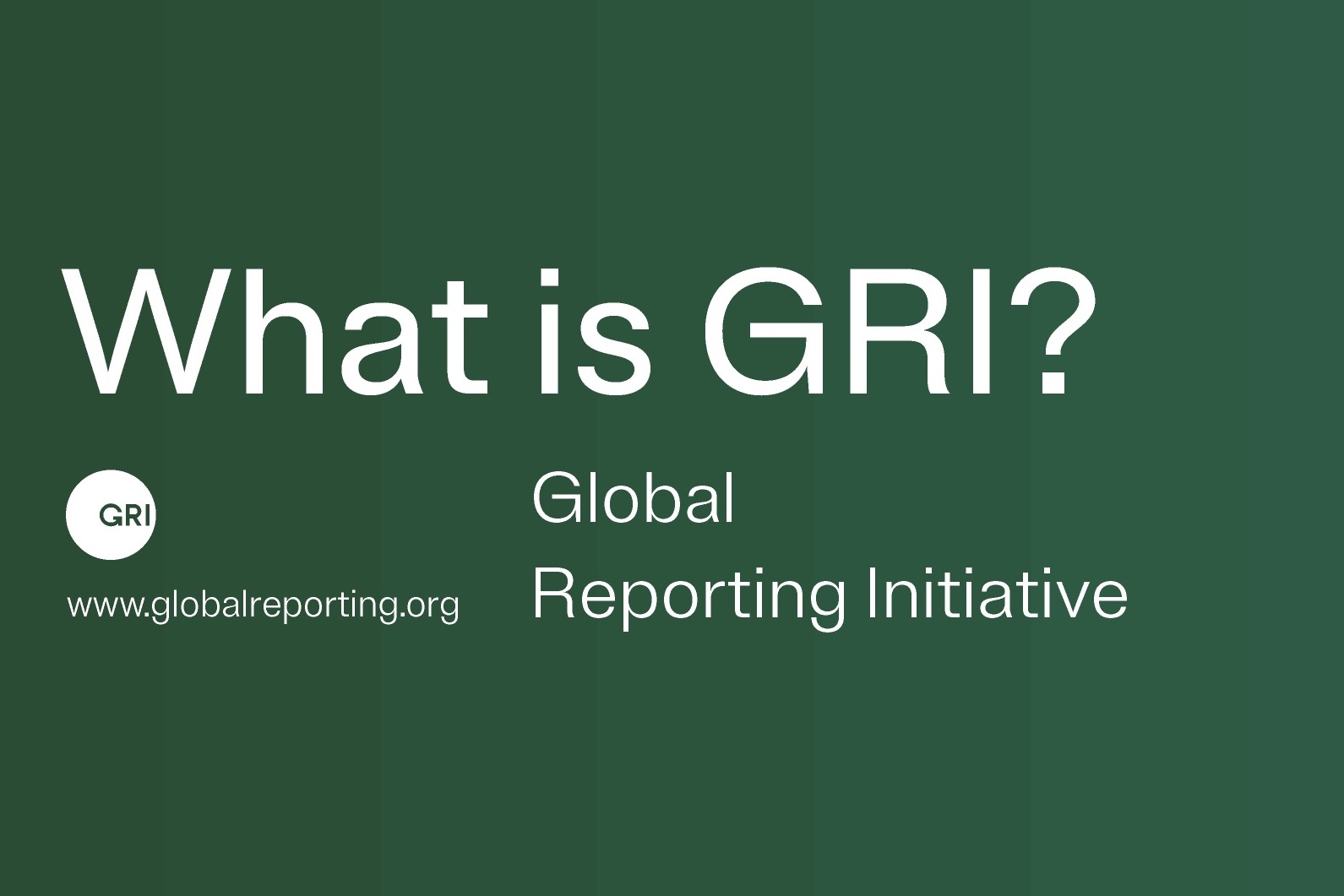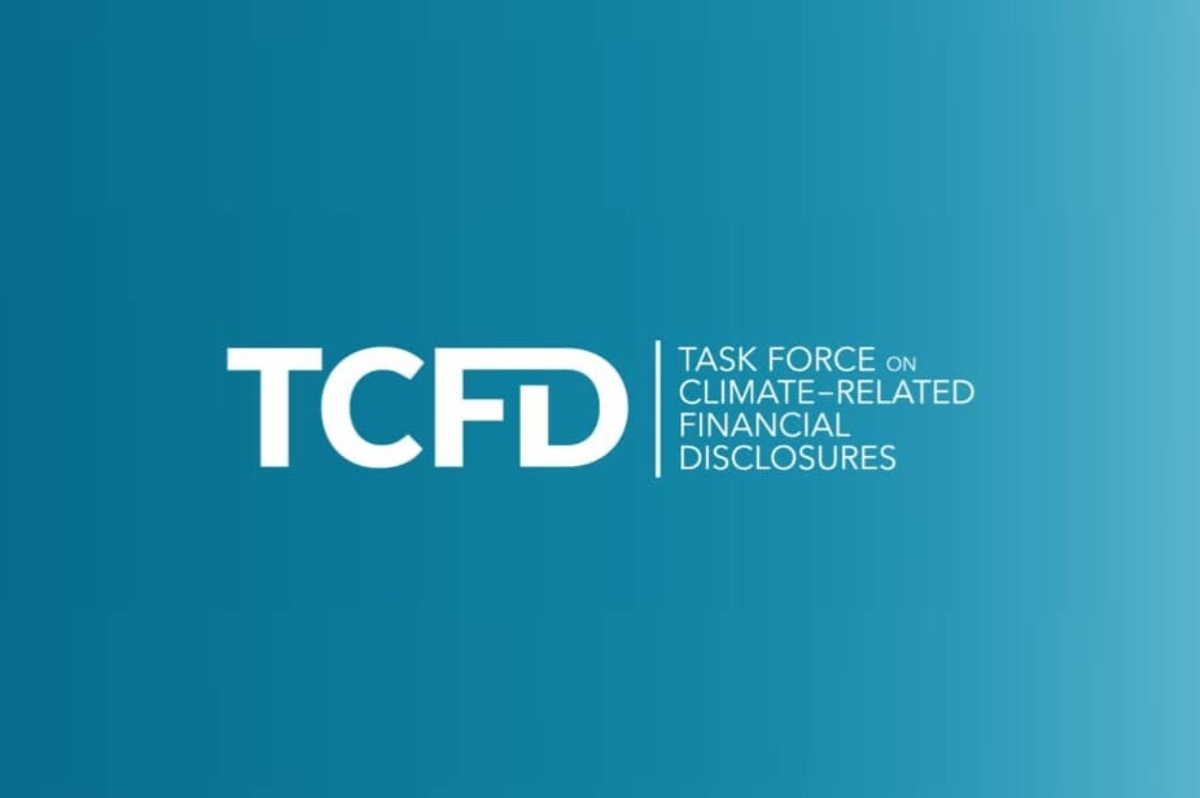The idea of sustainable investing comes from a very simple principle: investors want to invest in companies that can absorb the shocks from the climate crisis and function as a profit-making entity even in the long run. Basically, companies that are less risky. This is what has triggered the need for ESG frameworks, which on the one hand help organisations map the extent of sustainable practices they need to incorporate in order to sustain themselves in the long run, and on the other hand, provide investors with a tangible and fair understanding of the investment potential of the company.
To understand the ESG frameworks and the nuances they carry better, let’s dig into the different types of frameworks available to corporates to establish their sustainable presence.
But, first, let’s start with understanding what is ESG:
ESG represents a framework for evaluating a company’s operations and performance in these three critical areas – Environmental (E), Social (S), and Governance(G). The environmental aspect addresses carbon emissions and resource efficiency. The social component looks at labour practices, diversity, and community engagement. Governance focuses on ethical operations, board structure, and transparency.
ESG Frameworks refer to a set of guidelines and standards used to evaluate a company’s operations based on these three critical areas. These frameworks help companies to understand and manage their impact on society via sustainable and ethical business practices.
Here’s a closer look at each component of the ESG framework:
Environmental (E): The environmental aspect of ESG focuses on a company’s impact on the planet. This includes:
|
Factors
|
What They Include
|
|
Climate Change
|
How the company reduces its greenhouse gas emissions and transitions to renewable energy sources.
|
|
Resource Management
|
Efficient use of natural resources like water, minerals, and raw materials.
|
|
Pollution and Waste
|
Measures to reduce pollution, manage waste, and prevent environmental degradation.
|
|
Biodiversity
|
Efforts to protect ecosystems and biodiversity through sustainable land use and conservation practices.
|
Social (S): The social dimension of ESG examines how a company manages relationships with employees, suppliers, customers, and communities. The key areas of the Social factor are:
|
Factors
|
What They Include
|
|
Labor Practices
|
Fair treatment of employees, including health and safety standards, labour rights, and fair wages.
|
|
Diversity and Inclusion
|
Initiatives to promote diversity, equity, and inclusion within the workplace.
|
|
Community Engagement
|
Contributions to local communities through philanthropy, volunteerism, and community development projects.
|
|
Human Rights
|
Ensuring respect for human rights throughout the supply chain and operations.
|
Governance (G): The governance aspect of ESG focuses on the internal systems, controls, and practices that ensure a company operates with integrity and accountability. The key areas of governance are:
|
Factors
|
What They Include
|
|
Executive Compensation
|
Fair and transparent policies for executive pay that align with company performance and shareholder interests.
|
|
Shareholder Rights
|
Protecting the rights and interests of shareholders, including voting rights and access to information.
|
|
Board Structure
|
Composition and independence of the board of directors to ensure diverse and effective oversight.
|
|
Ethical Conduct
|
Adherence to ethical business practices, including anti-corruption measures and transparency.
|
Why Are ESG Frameworks Important
As discussed above, ESG frameworks are important for guiding companies towards practices that are sustainable and responsible. They also help in managing risks, attracting investors, and ensuring compliance on the part of the organisation. Here are more reasons why companies need to adhere to ESG frameworks:
- Risk Management: ESG frameworks help companies find and handle risks that can impact their finances and reputation. For instance, bad environmental practices can result in fines and harm a company's image.
- Sustainable Growth: Companies that focus on ESG are more likely to succeed in the long run. Sustainable practices can save money, boost efficiency, and encourage innovation.
- Investor Attraction: More investors are looking at ESG factors when choosing where to invest. Companies with good ESG practices are more appealing to these socially conscious investors.
ESG Frameworks: What are the different frameworks
ESG reporting frameworks are developed by different groups. These groups may be think tanks, stock exchanges, business organisations, governments, global bodies and non-profits. Even though there are hundreds of ESG frameworks, only about a dozen are widely recognised and considered important worldwide.
Each ESG framework usually outlines what information a company should share, how to measure it, and how often to report it. Some of these frameworks are optional for companies to follow, while others are required by government regulations.
Here are some important and popular ESG frameworks used by companies globally:
Global Reporting Initiative (GRI): The GRI is one of the most widely recognised organisations in the field of sustainability reporting. Founded in 1997, GRI is an international independent standards organisation and is used by more than 10,000 organisations in over 100 countries.
GRI follows what it calls a ‘modular system of interconnected standards’, which basically means that it offers three distinct types of standards:
- GRI Universal Standards: These standards apply to organisations regardless of their sector, size, and even location. They usually include general disclosures about the organisation.
- GRI Sector Standards: These standards impact specific sectors; they are tailored to specific industries to address unique sustainability challenges and opportunities within each sector.
- GRI Topic Standards: These standards apply to material topics specific to an organisation.
While GRI standards only act as guidelines and are not mandatory by law, some regions like the European Union recommend its companies to follow GRI standards in their disclosures.
Sustainability Accounting Standards Board (SASB): Established in 2011, the SASB standards are provided by the ISSB to create disclosures that focus on financially important ESG factors.Unlike other frameworks that might cover a broad range of topics, SASB focuses on what’s most relevant to financial performance within specific industries. Its standards are based on three important factors: Being industry-specific, materiality, and metrics that are comparable across organisations within the same industry.
SASB has created standards for 77 different industries. Each set of standards identifies the key ESG issues that are most likely to impact the financial health of companies vis-à-vis their cash flows and access to finance in the short and long term. For example, for the healthcare sector, important issues might include patient privacy and data security, while for the energy sector, it could focus on greenhouse gas emissions and water management.
Since the standards are based on materiality, they focus on issues that are significant enough to influence the decisions of investors. This helps companies prioritise which ESG issues to report on, which may, of course, vary across industries.
Also, SASB metrics are industry-specific and are designed to be comparable across companies within the same industry.
Task Force on Climate-related Financial Disclosures (TCFD): The TCFD is an ESG framework established by the Financial Stability Board (FSB) in 2015. However, post the release of its status report in 2023, the IFRS, which also releases the SASB standards, will be monitoring the TCFD standards as well.
The TCFD ESG Framework offers a set of guidelines for companies to disclose information about how climate change affects their financial performance and strategy. The goal, therefore, is to help investors, lenders, and others understand the financial impacts of climate change on businesses.
The TCFD Framework is structured around four core elements:
- Governance: This element focuses on how a company's board and senior management oversee and manage climate-related risks and opportunities.
- Strategy: This part looks at how climate-related issues affect a company’s business, strategy, and financial planning.
- Risk Management: This aspect covers how a company identifies, assesses, and manages climate-related risks.
- Metrics and Targets: This section focuses on the metrics and targets used to assess and manage relevant climate-related risks and opportunities. This requires companies to disclose the metrics they use to evaluate climate-related risks and opportunities including their greenhouse gas (GHG) emissions and any action they are taking to mitigate risks from climate change.
- CDP: Established in 2000, the CDP (previously called Carbon Disclosure Project), is a not-for-profit organisation that runs a global disclosure system for investors, companies, cities, states, and regions to manage their environmental impacts. CDP’s ESG Framework provides guidelines for companies and other entities to report on their environmental performance, particularly focusing on issues related to climate change, water security, and deforestation.
The CDP Framework is focused on several key themes, with specific questionnaires for each area of focus.
- Climate Change: The questionnaire covers governance, risk management, and the strategic impact of climate-related issues on the organisation.
- Water Security: This section addresses how companies manage water-related risks and opportunities, including water usage, conservation efforts, and impacts on water resources.
- Forests Cover: The forests questionnaire focuses on companies’ impacts on deforestation and forest degradation, particularly through their supply chains.
- Plastic Pollution: This section focuses on the company's measures to eradicate plastic pollution. It also maps a company’s plastic footprint in order to reduce their use of plastics.
Business Responsibility and Sustainability Reporting (BRSR): The BRSR framework is a set of guidelines introduced by the Securities and Exchange Board of India (SEBI) in 2021.The framework provides a structured approach for Indian companies to report on their ESG practices. Currently, SEBI has made it mandatory for the top 1000 (by market capitalisation) companies to file their ESG disclosures via the BRSR framework.
The BRSR requires listed companies to disclose their performance based on the nine principles of the ‘National Guidelines on Responsible Business Conduct’ (NGBRCs), with reporting divided into essential and leadership indicators for each principle. The Ministry of Corporate Affairs, which issued the NGBRCs in 2019, also proposed two formats for BRSR disclosures:
BRSR Comprehensive: This is the detailed version of the BRSR disclosure format. It is mandatory for the 1000 companies that are required to file their BRSR disclosures.
BRSR Lite: This is a condensed version of the BRSR format, which includes fewer indicators than those in the NGBRCs and can be filed by organisations voluntarily.
Irrespective of which format a company is required to use, they will have to disclose the information related to the sections below:
- General Disclosures: This part requires the company to provide basic information about itself, including its products and services, locations of its offices, subsidiaries, and the number of employees.
- Management and Process Disclosures: This section requires the company to explain the business policies and processes via which they implement the NGBRC principles.
- Principle-Wise Performance Disclosures: In this section, the company is required toshow how it has performed in relation to the nine NGBRC principles.


















.jpg)




